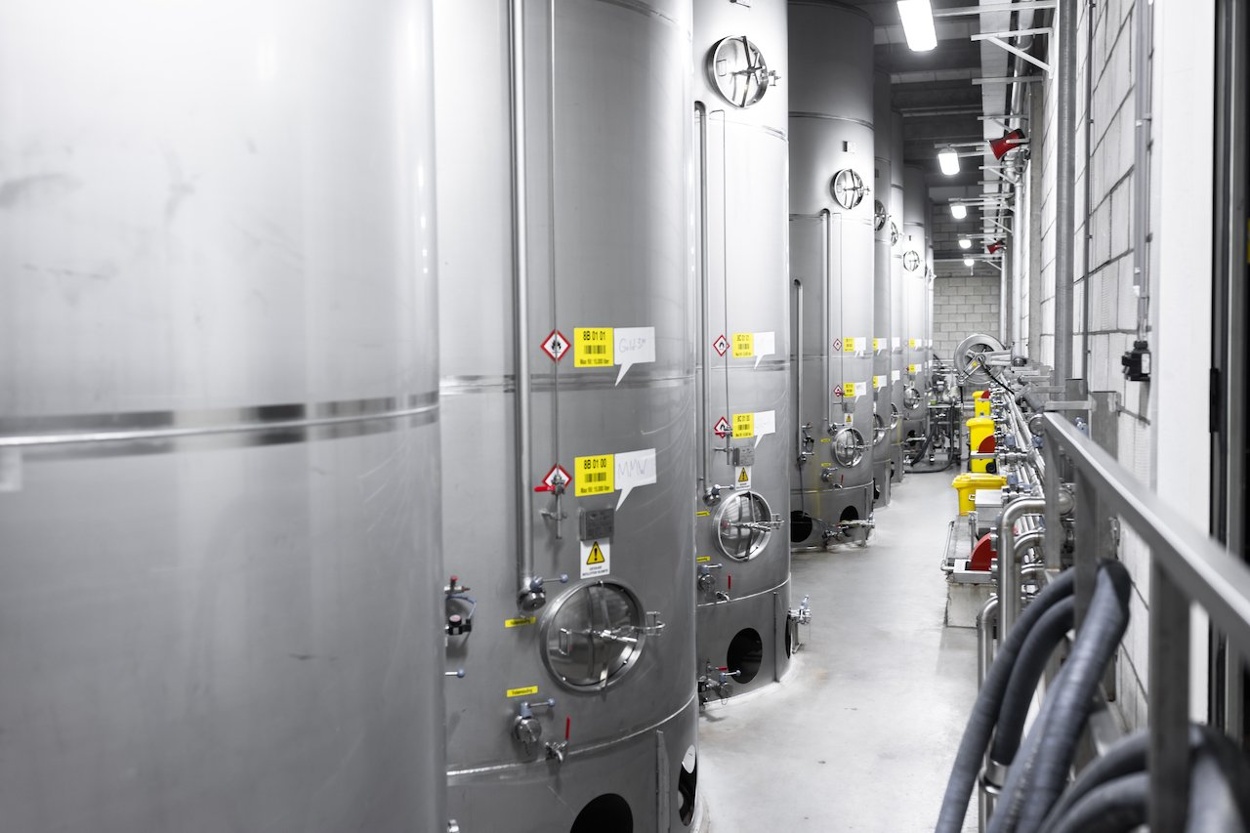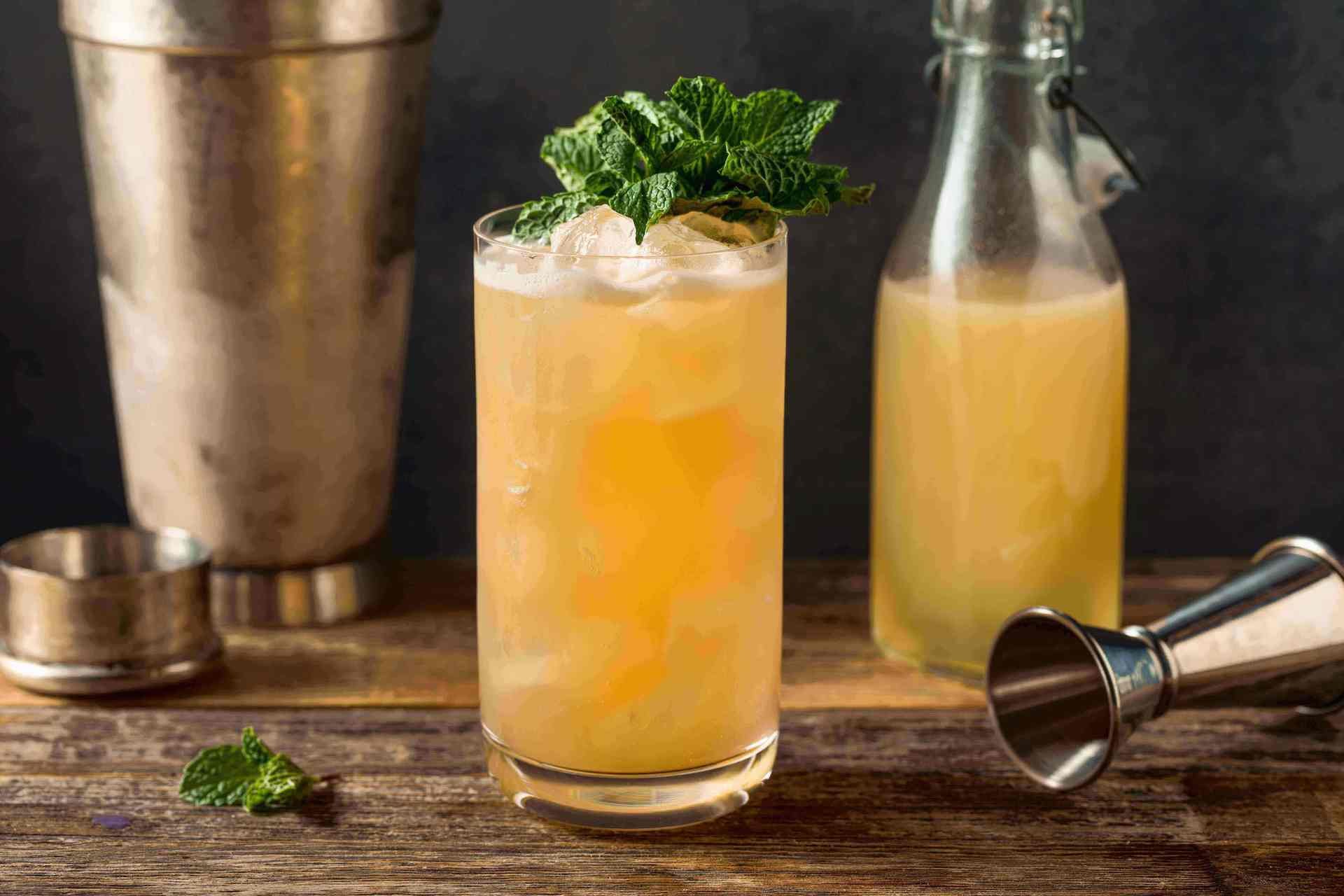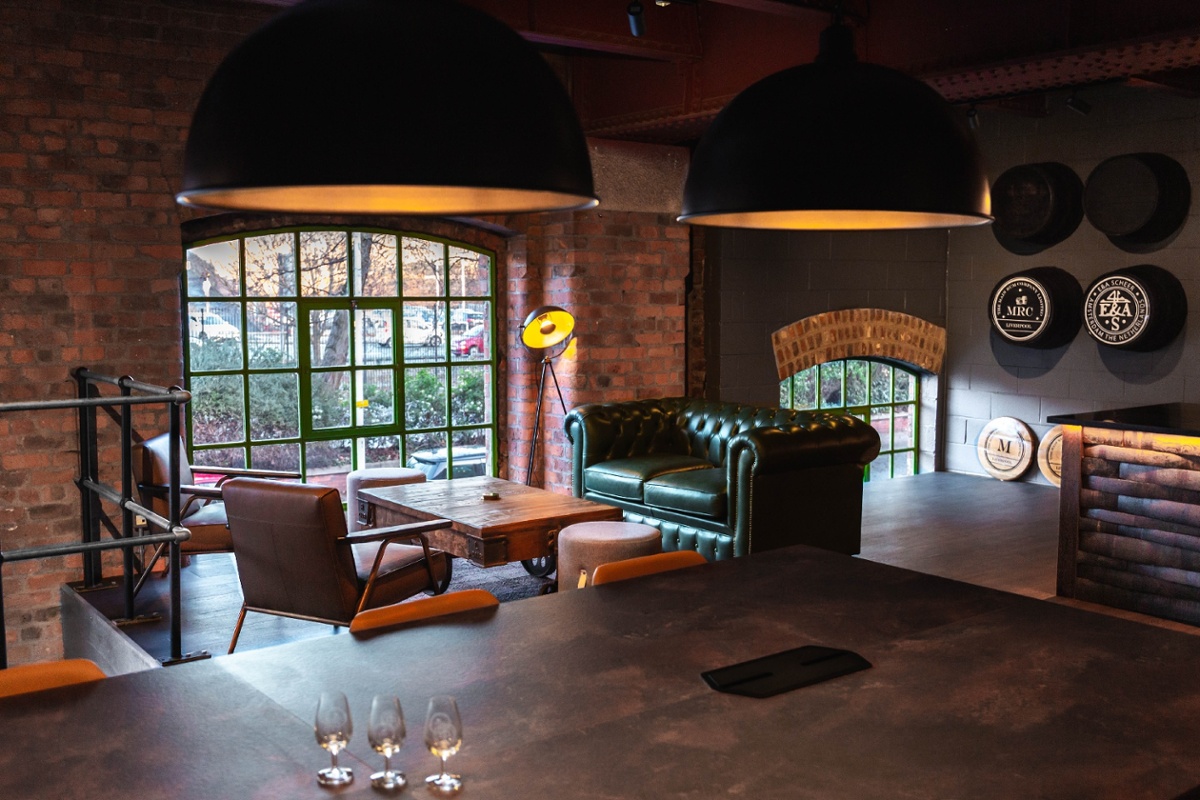How is Rum made
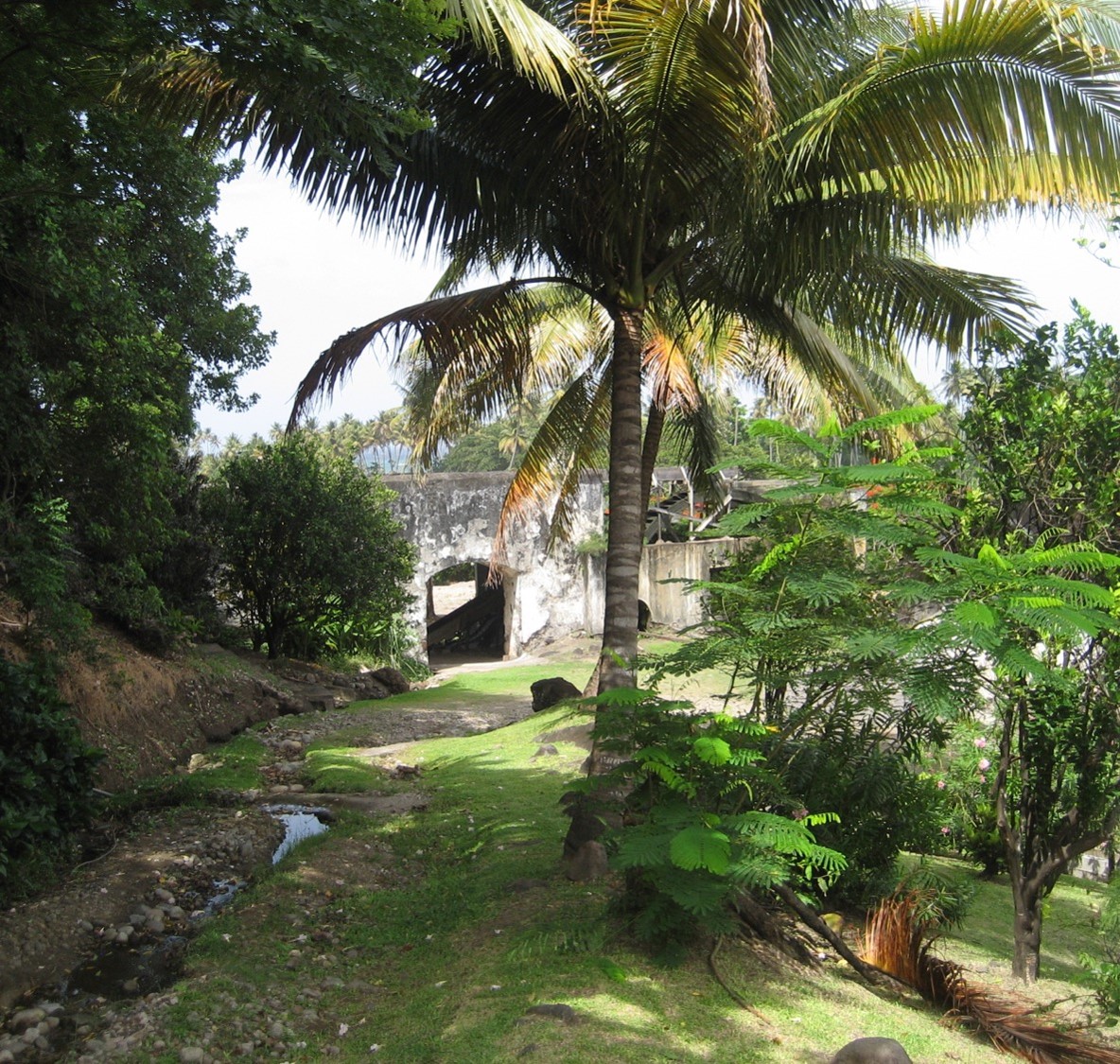
Published April 2024 | Reading time: 6-7 minutes
How is Rum made
Rum, known for its range of flavours, is one of the most versatile spirits. Made from sugarcane, Rum undergoes an intricate journey from field to bottle. In this blog, we examine how Rum is made, from sugarcane cultivation to blending and packaging.
Sugarcane
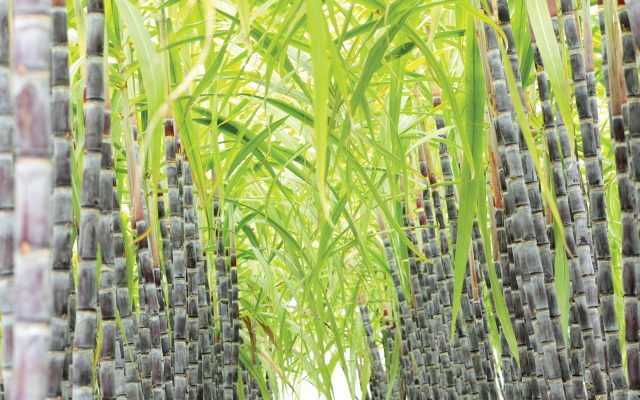
Sugarcane
At the heart of Rum production is sugarcane, a tall, perennial grass native to tropical regions. Sugarcane serves as the primary ingredient for Rum, providing the raw material for the fermentation and distillation processes. Cultivated in warm climates across the globe, sugarcane thrives in regions such as the Caribbean islands, Latin America, and Southeast Asia, where it is carefully tended to by skilled farmers.
Sugarcane harvesting
The journey of Rum begins with the harvesting of sugarcane. Typically harvested between 6 and 12 months after planting (depending on the region), sugarcane is cut and transported to the distillery for processing.
There are two methods of harvesting: manual and mechanical. Traditionally, farmers have harvested sugarcane manually. This method is often physically demanding, though it allows for more selective harvesting. Through manual harvesting, mature sugarcane is cut, while younger plants are left to grow further, increasing the quality of the crop and the yield.
Due to the labour-intensiveness of manual harvesting, technology has been introduced to help gather sugarcane. Modern harvesting techniques use mechanised equipment, ensuring efficiency and speed in gathering the ripe cane. The harvested cane is typically extracted for its juice, from which sugarcane and Rum are created.
Cane juice
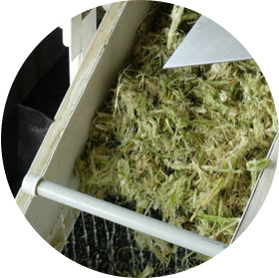
Cane juice
After harvesting, Rum distillers could process sugarcane to produce raw cane juice, which can be used to create different types of Rum. Cane juice is obtained by pressing the sugarcane stalks. The stalks are sliced into segments and passed multiple times through a sequence of mills. Throughout this process, water is applied to aid the crushing, as saturating the fibres helps dissolve any remaining sugar, thereby augmenting the sugar yield.
Sugarcane juice has a short shelf life. It should be processed within 24 to 48 hours of being pressed; otherwise, fermentation occurs. As harvesting only takes place once or twice a year, producing Rum with sugarcane juice is limited to the harvest seasons. Therefore, sugarcane juice as a base in Rum production can be more costly than sugarcane syrup or molasses.
Cane syrup
A more shelf-stable alternative to cane juice is syrup. Some Spanish heritage and style Rum makers also refer to this liquid as sugarcane honey.
Sugarcane syrup is created by boiling sugarcane juice until it reaches a thick, viscous consistency. In practice, to make cane syrup, it is possible to evaporate a substantial amount of water from the initial cane juice, stopping just before sugar crystals form. This syrup, rich in natural sugars and flavours, is one of the key ingredients in the production of Rum.
Cane molasses
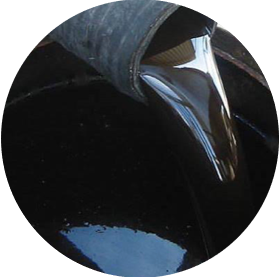
Cane molasses
After crushing and crystallising sugarcane juice, two things remain: cane sugar and a thick and dark liquid. This liquid is called molasses, and it is one of the most commonly used ingredients for Rum making.
There are several grades of molasses available. Grade A, or “fancy molasses,” contains the most sugar (measured in “brix content”), as only a moderate amount of sucrose has been removed. Grade B, or “choice,” contains a bit less sugar. Grade C, or “blackstrap molasses,” has a lower sugar content, a dark colour, and a bitter taste.
The fermentation process
Once the sugarcane is processed into its desired form, it undergoes fermentation, a crucial step in making Rum. During fermentation, yeast is introduced to the sugarcane juice, syrup, or molasses. Yeast are single-celled microorganisms that consume sugar and release byproducts, such as heat, carbon dioxide, and alcohol content. The type of yeast used is also based on the choice of the distiller where the Rum is produced.
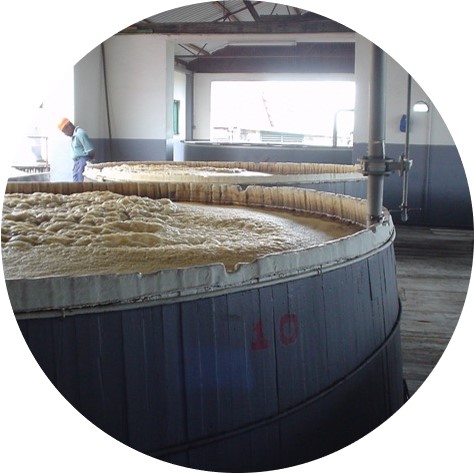
Slow fermentation - Batch fermentation
Fermentation varies widely, from the industrially controlled to the naturally wild. Afterwards, this process often yields a liquid known as a "wash," containing alcohol and various flavour compounds derived from the raw materials. Similar to the type of yeast used, the fermentation duration can vary from days to weeks, depending on the desired Rum.
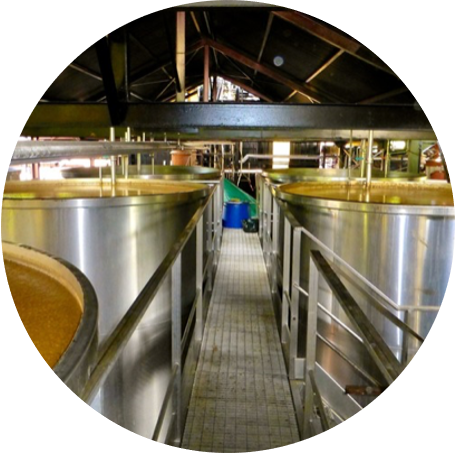
Fast fermentation - Controlled fermentation
Most Rum fermentations take between 24 and 120 hours. This is the time for the microorganisms in yeast to consume all the fermentable sugar in the wash. In reality, some distilleries can choose to let the wash remain in the tanks for more time. Generally, short fermentation yields a wash lower in flavour compounds, while longer ferments generally create a more flavourful wash. Longer fermentation periods can enable yeast to generate more esters, resulting in “heavier” Rums.
Dunder and muck
In Jamaica, distilleries sometimes use dunder and muck during fermentation. What dunder exactly is, is still a mystery, but the term “dunder” in Jamaica typically refers to what is left in the pot stills after a distillation run. A common distiller term for these remainders is “stillage”.
Another ingredient distillers can add to the fermentation wash is muck. Muck is a soup/blend of bacteria that produce a mix of carboxylic acids and undergo fermentation in specific muck pits, commonly used by distillers in Jamaica. This muck, along with its significant amount of acids, is added to the wash, along with several other unexpected ingredients in the Rum-making process. These contribute intense flavours and aromas to the Rum while also promoting esterification.
The distillation process
Following fermentation, the wash will be distilled, during which alcohol is separated from impurities and other unwanted compounds to achieve the desired strength and flavour profile. Distillation methods vary, with column and pot stills being the popular techniques in Rum production.
Pot stills
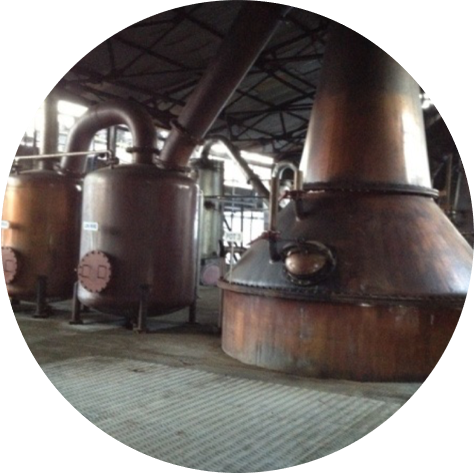
Pot still - Batch distillation
The oldest and most straightforward method of distilling a spirit (such as Rum, Whisky, Cognac, and Brandy) is batch distillation, more commonly known as pot distillation. This style of distilling uses a large pot-shaped still to produce a spirit.
Pot stills are usually made of copper and have a wide base that tapers vertically into a thin neck. The base is used as a chamber to boil the alcoholic wash, while the thin neck collects and leads the vapour into a condenser, turning this vapour back into liquid. Some distilleries use a type of pot still called a double retort still, in which the alcoholic vapour is led through two retorts (a sort of heated containers) to increase the efficiency of Rum production. These copper vessels, often used in small-batch distilleries, impart character and depth to the final product. Pot stills operate on a batch distillation process, allowing for more manual control over the distillation process.
Column stills
Column stills, also known as continuous stills, offer efficiency and precision in distillation. These tall, vertical columns allow for constant distillation, with multiple stages ensuring the separation of alcohol from other compounds. In the French West Indies, the popular type of column still is the creole column, a single column still. Multi-column stills are also typically found in the Caribbean.
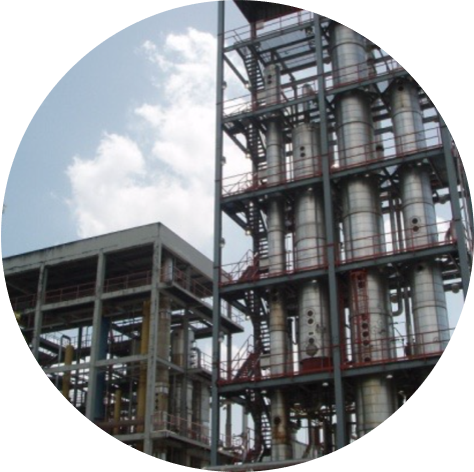
Column still - Continuous distillation
Stills containing three to five columns are known as multi-column stills. Such stills can make different types of distillates, including Rum, industrial ethanol, and fuel ethanol. However, it is worth noting that not all stills in a multi-column still setup need to be used, making this type flexible as twin-columns or singer-columns.
The ageing process
After distillation, Rum can go through the ageing process, where it matures in wooden casks (typically oak barrels) or is rested in stainless steel tanks, allowing flavours to develop and evolve over time.
Wooden casks
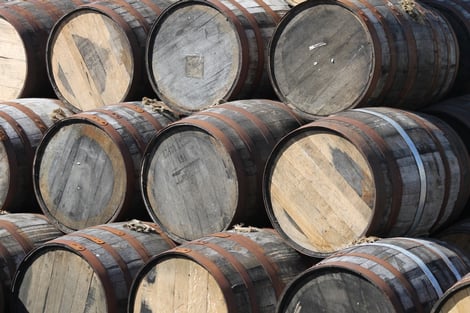
Wooden casks for ageing
Some producers may also choose to age Rum in barrels previously used to age other spirits. Due to their availability, ex-bourbon barrels are the most commonly used for Rum. While oak remains the most common wood for casks, other woods can sometimes be used. Through prolonged storage, the Rum interacts with the wood to develop its flavour molecules, releasing them into the liquid.
Besides imparting flavour, wood's breathability allows for evaporation of alcohol and water, known as the "angel’s share," while also permitting air ingress. Oxygenation facilitates the formation of esters, which is crucial in Rum. Ethanol oxidises to create acetaldehydes, which further oxidise to form acetic acid, a key component for esters. Factors such as wood type, origin, cask size, toasting level, and prior liquid influence contribute to the final flavour profile of Rum.
Stainless steel tanks
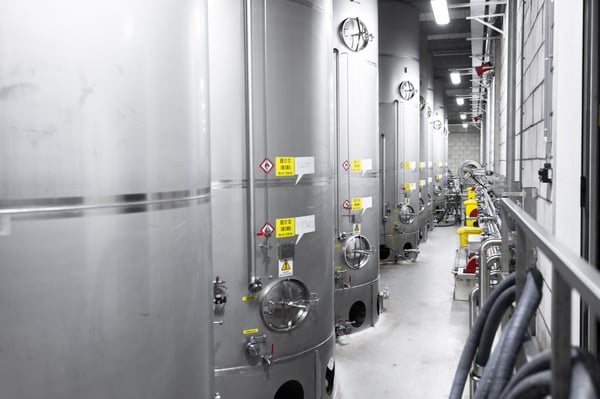
Stainless steel tanks
Alternatively, some Rum producers choose to let their liquor rest in stainless steel tanks, which offer a neutral environment for maturation. Unlike wooden casks, stainless steel tanks do not impart additional flavours or characteristics to the Rum, allowing it to maintain its original profile.
Rum may rest in stainless steel tanks for various reasons, primarily to preserve its freshness and clarity. Some chemical components, such as fatty acids, need time to mellow out and harmoniously integrate with other components, creating a more balanced taste. Resting in a neutral vessel can give these components time to fuse together under unaltered conditions.
Factors affecting the ageing process
As we have learned, oak casks directly impact the Rum produced. However, casks are not the only deciding factors during ageing. The temperature/micro-climate, the ageing duration, the region, and the local traditions influence the end results.
Charcoal or carbon filtration
In some instances, Rum undergoes charcoal/carbon filtration, a process designed to refine and polish the spirit. Carbon filtration involves passing the Rum through activated charcoal filters. It is used to remove colour from Rum, especially when only the taste is desired. It may also be used to remove unwanted compounds, resulting in the desired product.
The blending process
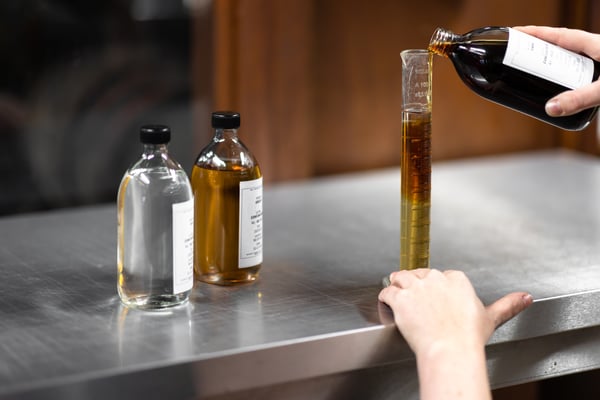
Blending process
Blending is the process where Master Blenders create tangible liquids from intangible stories. In other words, during blending, Master Blenders meticulously combine different Rum types from initial specifications to achieve a more complex flavour profile.
Blending can serve different goals. It allows for harmonising various Rum types and profiles to create a distinctive Rum that fits the customer’s wishes. On the other hand, distilleries use blending to create their own unique Rum taste.
Master Blenders often want to know as much about your needs and specifications as possible to produce a Rum type that closely matches your needs. For example, at E&A Scheer, we ask multiple questions before we start developing a Rum blend together with our clients.
Bottling Rum
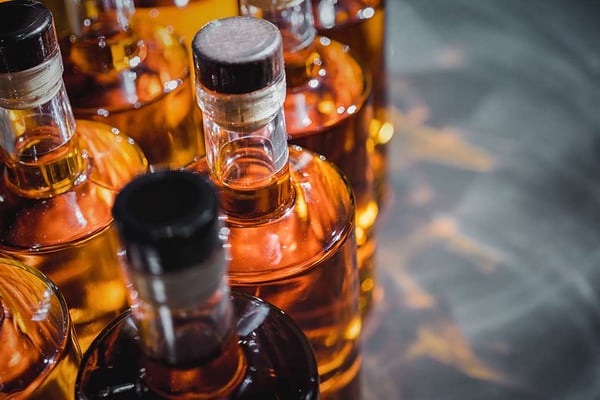
Rum bottling
Rum typically undergoes a dilution process before bottling. Generally, Rum is diluted with demineralised water to reach the desired ABV for bottling. For reference, in Rum, this can be no less than 37,5% ABV, with less than 20 grams of sugar added per litre. Some producers also choose to add other spices and ingredients to the Rum, creating spiced Rum, a slightly different category of beverage based on Rum.
Finally, the crafted Rum is bottled by a bottler or a company specialised in this and ready to be enjoyed by enthusiasts around the world. Bottling can sometimes require attention to detail, which ensures the preservation of quality and tradition. In certain cases, every aspect of a bottle reflects the care and craftsmanship invested in the Rum production process.
A world of diversity
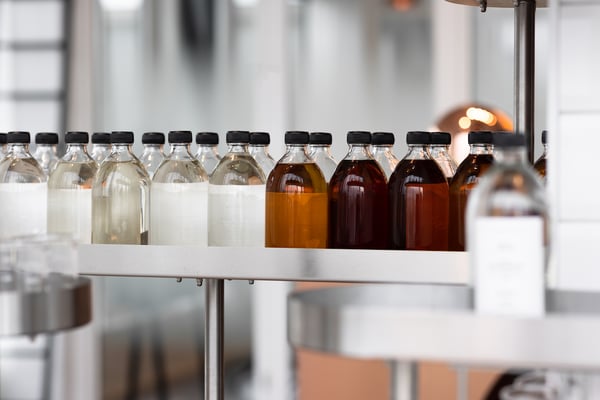
Diverse Rums
From the initial sugarcane byproducts, Rum producers can create infinite Rum types, from clear to dark, light-bodied to heavy-bodied, and anything in between. Common Rum types you might encounter on the market are light, dark, aged, spiced, and many more. Most Rums can be enjoyed neatly on the rocks or as a component in mixed drinks and cocktails.
Rum’s popularity isn’t limited to the drinks and beverage industry. This distillate is also commonly used in the confectionery and flavour/fragrance industries. Rum can have many useful applications, from cake and ice cream to perfumes and flavouring.
The Rum market is expected to grow each year, and its future looks promising. There’s a growing demand for premium Rum, which has led to different blends and flavour profiles coming to life to satisfy the specifications of sophisticated drinkers. The rise of the cocktail culture also propelled innovation within Rum production. As a result, new and exciting products have been created to cater to various tastes and preferences.
Final thoughts
Rum production is a complex and multifaceted process, from the cultivation of sugarcane to the bottling of this spirit. Each step of the process depends on the region's traditions in which the Rum was produced and the choices made by individual distillers. This gives rise to many different and unique Rum types, reflecting hundreds of years of development for this liquor.
Frequently asked questions
What is Rum made from?
Roughly speaking, Rum's main ingredients are sugarcane juice, syrup, molasses, yeast, and water. For more information on how these ingredients interact with each other, check out our dedicated explanation article.
How is Rum made step-by-step?
Rum production involves harvesting sugarcane, extracting its juices, fermenting the wash with yeast, distilling the alcohol, ageing the Rum in wooden casks or stainless steel tanks, blending different aged Rums, and finally, bottling the finished product.
